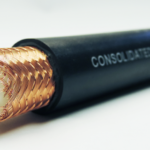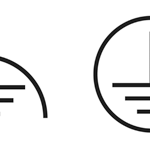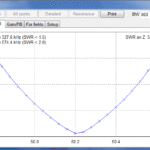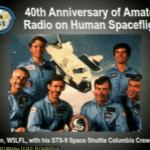By Chip Coker KD4C
We’ve had Digital Voice modes on VHF for years, as well as other digital modes on HF that are very popular (FT-8/4, PSK, even RTTY). We’ve had Digital Broadcast TV since 2009 and digital satellite radio in cars since before that. But until now, we’ve still not managed to have wide success in bringing Digital Voice to the HF bands. Oh sure there were some pet projects a dozen or so years ago, but these were clunky and largely went overlooked by the masses.
Well the time might have finally come that we have a new Digital Voice mode on the HF bands – FreeDV is a low-bit-rate digital voice mode for HF radio. Initially developed by David Rowe, VK5DGR, an international team of radio amateurs are now working together on the project. The “free” in FreeDV is because it is open-source software (released under the GNU Lesser Public License (LPGL) version 2.1). The modems and Codec 2 speech codec used in FreeDV are also open source. That means that you can use it, tinker with it, and incorporate it into your projects. That also means that vendors can incorporate the software into their products, so there is hope of HF Transceivers in the future that incorporate FreeDV as a mode right next to (analog) SSB.
I won’t go into the details of the modulation (and I’m not sure I understand it – it involves 16 QPSK carriers), but suffice to say that (like other Digital Voice modes) it’s designed to take the full range of your voice, throw out the parts that don’t matter, and encode the rest into a low data-rate stream that can be sent in the space of a normal SSB channel. There are multiple “modes” with different sampling – all the way from narrow (for bad conditions) to wide (almost FM quality for good conditions). And as with other DV modes, there’s very little noise – you either hear the audio cleanly or you don’t. Here’s an example of what the FreeDV waveform looks like in the FreeDV software:
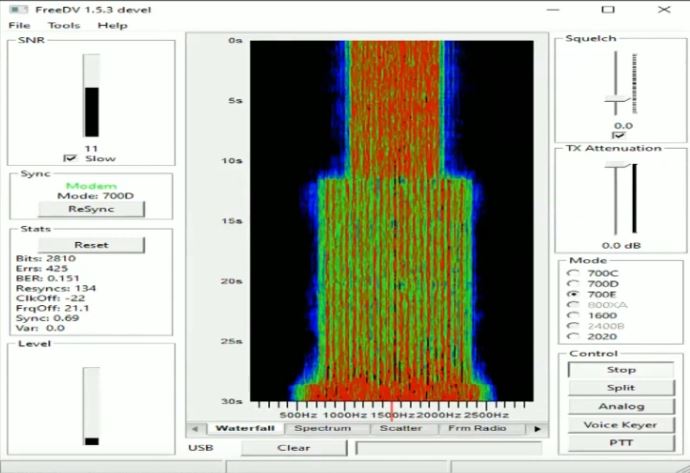
If you have a modern HF rig that has a built-in sound card interface (that you are probably already using for FT-8/4), then you have what you need for FreeDV. The FreeDV software will run on the same computer that you are using for WSJT-X (there are downloads for Windows/MacOS/Linux). If you are already on the HF data modes, this should take about 5 minutes to setup.
The only part that’s still a little clunky is that you use the computer for audio – you listen to the received audio on your computer speakers (instead of your radio speaker) and you speak your audio into the computer microphone (instead of the radio microphone). If that’s too clunky, someone is already making a stand-alone box that does all the FreeDV parts and accepts a microphone and speaker. If you have an SDR, there is already a plug-in for the popular SDR software packages, so you can start eavesdropping today! There is also an add-in for the FlexRadio package.
Who do you talk to? Well there are already some established net schedules for FreeDV, and calling/monitoring frequencies have been established for each band. There is also a spotting network for FreeDV and PSKreporter supports FreeDV as an option.
I’m betting that, after some false starts in the past, Digital Voice finally takes hold on HF. It will make listening to atmospheric noise crashes a thing of the past, and might make 75 Meters tolerable again. It’s easy and “free” to get started and try it out. Give it a try and let me know what you think!
To find out more on FreeDV: https://freedv.org/
Here’s a brief install and brief operation overview:
[This post was published in the March 2023 Chawed Rag]


